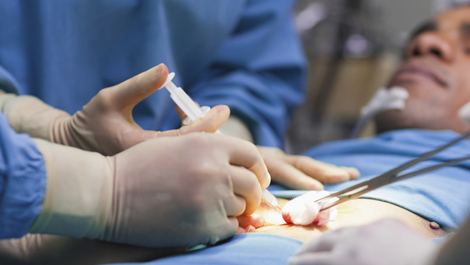Botox is a bacteria culture-farmed neurotoxin that can be effective in helping with weight loss among other methods. When injected into a neuromuscular junction Botox for weight loss is capable of interfering with neurotransmitter compounds within that area resulting in temporary muscular relaxation. Type Botulinum toxin A (Botox-A) was injected into various test subjects’ stomachs, in the area around the vagus nerve, have been observed to cause the muscular stretching allowing for retaining food into the stomach for longer intervals. Botox vagus nerve injection transmits signals to the brain to impede and lower the rate of digestion and ingestion of food into the stomach. The Gastric Botox-A for stomach injection is administered into the deeper muscular tissue of the stomach to temporarily paralyze muscular contractions while slowing down the gastric processes of food transition to enhance satiation in overweight subjects causing them to retain this feeling for longer periods of time after consuming a meal.
The Vagus nerve in the muscular wall of the stomach transmits “fullness” signals to the brain is the targeted tissue in Botox injections. The temporary paralysis of this nerve ending delays the passing of food from the stomach to the intestines. Subjects who underwent this treatment ate lesser for a period of 4-5 weeks after treatment and consequently losing up to 20 pounds.
Dubai Forums Dubai Classifieds Services in Dubai Healthcare Services in Dubai
the message board for Dubai English speaking community
How To Remove Unwanted Fat?
- Reply
- Attachments
-
- weight-loss-surgery-procedures.jpg (90.97 KiB) Viewed 2093 times
- uaecosmetic
- Dubai Forums Member
- Posts: 44
- Location: United Arab Emirates
Return to Healthcare Services in Dubai
-
- Related topics
- Replies
- Last post
-
- How to remove acne scars in Dubai by elisajames » May 20, 2016
- 1
- by uaecosmetic |
Aug 09, 2016
